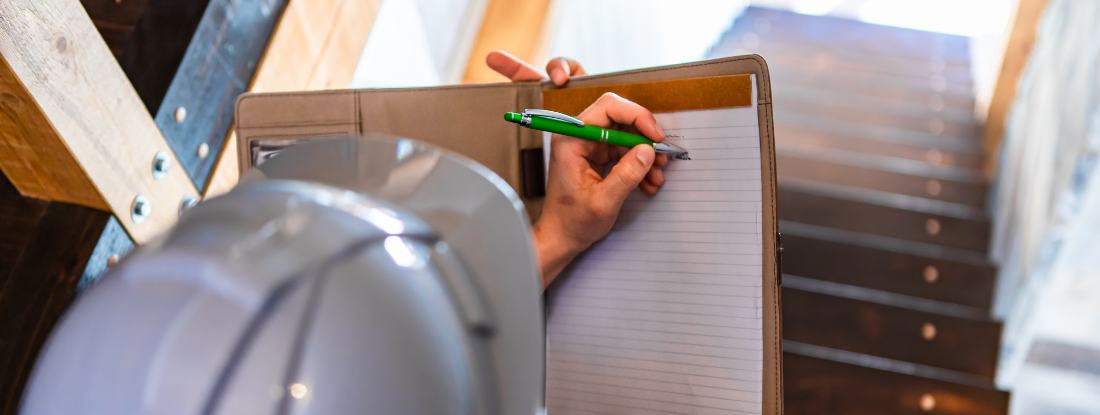Situating Post Remediation Inspection Near Me Services
Situating Post Remediation Inspection Near Me Services
Blog Article
Expert Tips for Article Mold And Mildew Removal Success
In the realm of mold and mildew removal, efficiently eradicating mold and mildew is just half the battle; the real obstacle exists in avoiding its reappearance. By sticking to skilled suggestions and finest practices, people can secure their spaces versus mold and mildew revival and keep a healthy and balanced indoor setting.
Monitor Humidity Levels Frequently
After finishing mold removal treatments, maintaining optimal humidity levels is vital to stop mold re-growth and make certain a healthy indoor setting. High humidity degrees over 60% develop a conducive setting for mold to grow, making routine keeping an eye on a positive step to protect against any kind of future mold and mildew problems.
In addition, developing a regular schedule for humidity checks, particularly in high-risk locations such as washrooms, basements, and kitchens, is a proactive technique to mold and mildew avoidance. By regularly checking humidity levels, property owners can properly alleviate the risk of mold and mildew reoccurrence and keep a healthy indoor setting post-remediation.
Conduct Thorough Inspections Post-Remediation
Complying with the conclusion of mold remediation treatments, it is crucial to perform comprehensive evaluations to verify the efficiency of the remediation process. These post-remediation assessments are vital in guaranteeing that the mold concern has actually been effectively resolved and that there is no reappearance or remaining mold growth. Assessments must be executed by certified specialists that have proficiency in identifying mold and evaluating interior air quality.
Throughout these assessments, numerous methods such as aesthetic assessments, air sampling, and surface area tasting may be used to thoroughly review the remediated areas. Visual assessments involve a comprehensive evaluation of the facilities to inspect for any kind of noticeable signs of mold development or water damage. Air tasting helps in establishing the airborne mold and mildew spore levels, while surface sampling can find mold and mildew bits on surface areas.
Implement Proper Ventilation Techniques
After ensuring the effectiveness of the mold removal procedure with comprehensive examinations, the following important action is to concentrate on carrying out proper ventilation techniques. Ample air flow is crucial in preventing mold reoccurrence by managing dampness degrees and advertising air flow. To accomplish this, it is advised to utilize exhaust followers in locations susceptible to high humidity, such as kitchen areas and shower rooms. Additionally, opening up doors and home windows when weather condition allows can aid enhance air flow and lower moisture build-up. Air cleansers and dehumidifiers are additionally beneficial devices in keeping optimum indoor air quality.
Proper air flow not just aids in preventing mold and mildew development however likewise contributes to the total health and wellness and convenience of residents. By making sure ample ventilation throughout the building, you can decrease the risk of mold regrowth and mold removal mask create a healthier living atmosphere. mold remover gel Regular maintenance of ventilation systems, consisting of cleaning and filter replacements, is important to sustaining efficient ventilation. Consulting with a/c specialists can provide additional understandings into maximizing air flow methods for your particular building demands.

Usage Mold-Resistant Products for Fixes
To enhance the long-lasting efficiency of mold and mildew removal efforts, integrating mold-resistant materials for fixings is crucial in minimizing the danger of future mold and mildew development. Mold-resistant materials are designed to endure wetness and hinder mold development, making them an essential selection for areas vulnerable to dampness and humidity. When fixing areas influenced by mold, utilizing products such as mold-resistant drywall, mold-resistant paints, and mold-resistant caulking can help stop mold and mildew reoccurrence.
Mold-resistant drywall is an outstanding choice to standard drywall in areas like basements and restrooms where wetness degrees are higher. This sort of drywall has an unique finishing that stands up to mold growth even when subjected to damp problems. Furthermore, using mold-resistant paints consisting of antimicrobial agents can further prevent mold and mildew advancement on walls and ceilings.
In areas where wetness is typical, such as restrooms and kitchens, utilizing mold-resistant caulking around bathtubs, sinks, and home windows can help secure out water and protect against mold from taking hold in fractures and gaps. By investing in these mold-resistant products during repair work post-remediation, you can considerably minimize the likelihood of future mold and mildew concerns and preserve a much healthier interior atmosphere.
Maintain Cleanliness and Address Water Issues
After mold and mildew remediation, it is important to keep a clean atmosphere to protect against the regrowth of mold and mildew. Leaks, water intrusion, or high humidity degrees can develop the ideal reproduction ground for mold, so it is critical to fix any water-related troubles immediately.
To keep tidiness, think about using HEPA filters in vacuum cleaners and air cleansers to trap mold spores and avoid their flow airborne. Ensuring correct air flow in locations vulnerable to moisture accumulation, such as kitchens and restrooms, can aid maintain moisture degrees in check. By staying cautious regarding sanitation and addressing water problems immediately, you can effectively protect against mold reinfestation and keep a healthy indoor atmosphere.
Verdict

In the world of mold and mildew removal, efficiently eliminating mold and mildew is only half the battle; the true obstacle lies in avoiding its reappearance. After finishing mold removal treatments, preserving ideal moisture degrees is critical to prevent mold and mildew re-growth and ensure a healthy indoor setting. High moisture levels above 60% create a conducive environment for mold and mildew to flourish, making routine monitoring a proactive step to protect against any future mold and mildew concerns.
To improve the long-lasting efficiency of mold removal efforts, including mold-resistant materials for repair work is important in reducing the danger of future mold and mildew development. After mold and mildew removal, it is essential to maintain a tidy environment to prevent the regrowth of mold.
Report this page